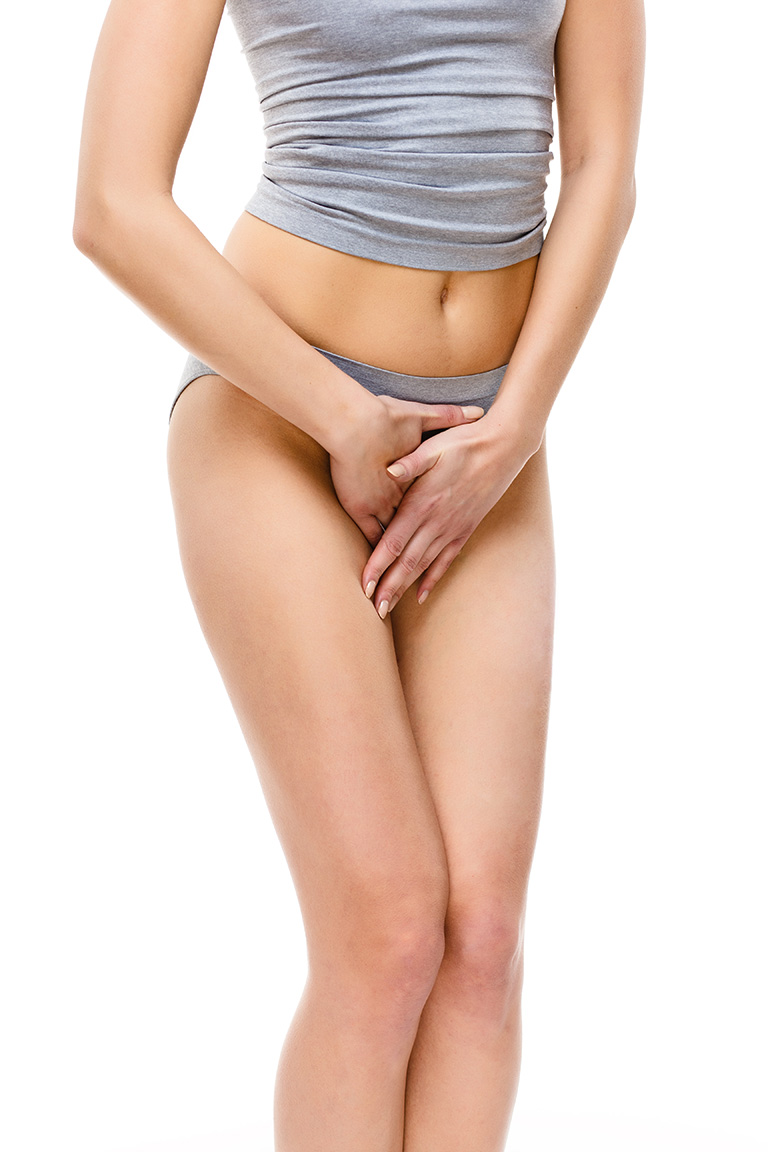What Causes Vaginal Laxity?
Women may experience vaginal changes for a variety of reasons, including childbirth, age, hormonal changes, and pelvic floor trauma.
These and other changes stretch and expand the vaginal tissue, and can result in the loss of sexual function and/or urinary incontinence. In fact, it is estimated that 1 in every 3 women will experience urinary incontinence at some point in their lifetime. Furthermore, approximately 40% of women suffer from some form of sexual dysfunction.
What is Stress Urinary Incontinence?
The urinary tract is a system that stores and removes waste, in the form of urine, from our bodies. The kidneys clean our blood and filter and remove waste and excess water (urine). Urine drains down through tubes called ureters into the bladder. The bladder and urethra are supported by pelvic floor muscles. Normally, the bladder stores urine, and the muscles inside the bladder contract/squeeze when urine needs to be released. The sphincter muscles (valves) relax or open when the bladder contracts, and allow the flow of urine from the bladder through the urethra so that urine can exit the body.
If the muscles involved in the urinary tract system become weak, stretched or damaged, urine can pass from the bladder through the urethra when pressure is exerted on these muscles. The result is stress urinary incontinence (SUI), which is simply the unintentional loss of urine. Stress incontinence occurs when the muscles that control the ability to hold urine are weakened.
Urine may leak out with sudden pressure, like exercising, sneezing, coughing, laughing, lifting heavy objects or, in more severe cases, less forceful pressure like bending over or walking. The amount can be a few drops to tablespoons or more.



